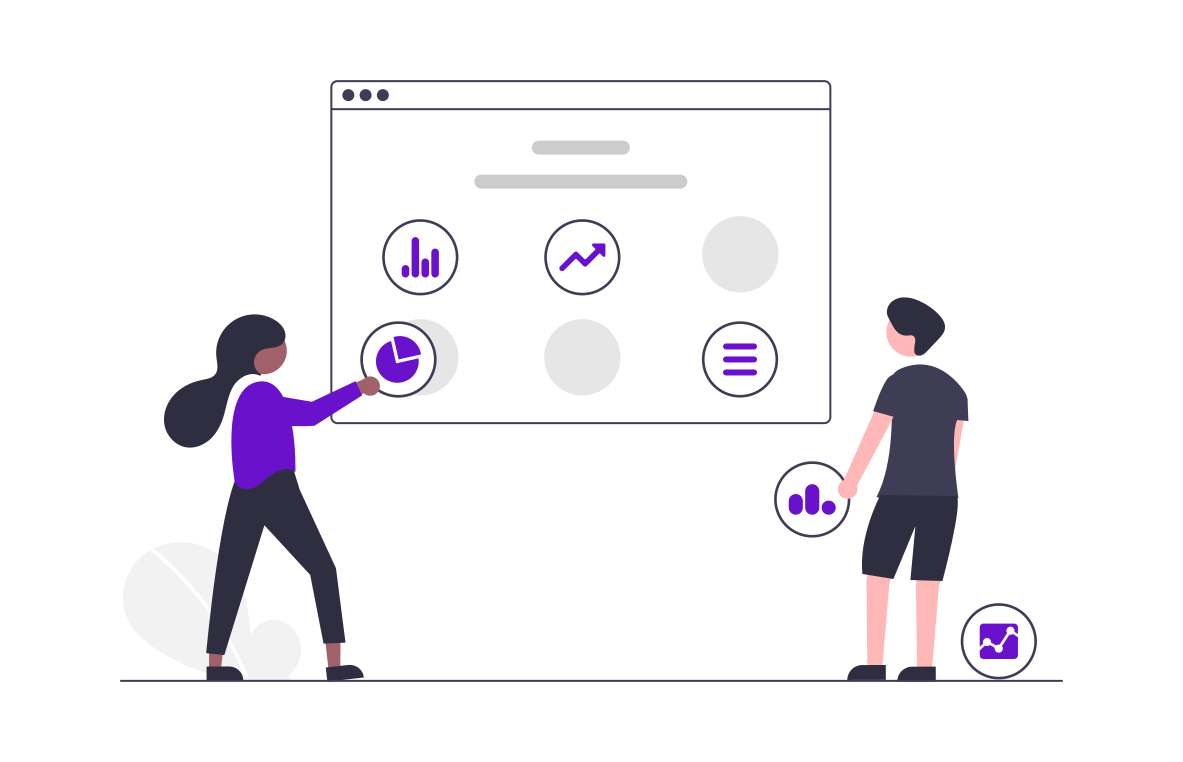In today’s digital-first world, understanding the technological landscape of your target market is crucial for successful marketing campaigns. Technographic segmentation allows businesses to analyze and segment their audience based on the technologies they use, providing deeper insights into customer behavior and preferences. This blog will explore effective technographic segmentation strategies and offer practical tips for identifying and targeting your ideal market segments.
What is Technographic Segmentation?
Technographic segmentation is the process of dividing a market based on the technology attributes of organizations or individuals. These attributes include the software, hardware, and other technological tools they use. By understanding the technology stack of your potential customers, you can create more personalized and relevant marketing messages.
Why Technographic Segmentation Matters
- Enhanced Personalization: Tailoring your marketing messages based on the technology your audience uses ensures higher relevance and engagement.
- Improved Targeting: Identify and focus on the segments that are most likely to benefit from your products or services.
- Competitive Advantage: Gain insights into the technology landscape of your industry, helping you stay ahead of competitors.
- Better Resource Allocation: Optimize your marketing budget by targeting the most promising segments.
Steps to Implement Technographic Segmentation
1. Collect Technographic Data
The first step is to gather data on the technological tools and platforms used by your target market. This data can be collected through various methods:
- Surveys and Questionnaires: Directly ask your customers about the technologies they use.
- Web Scraping: Use tools to scrape websites for information about the technology stack.
- Third-Party Data Providers: Purchase technographic data from specialized vendors like Datanyze, BuiltWith, or Clearbit.
2. Analyze and Segment the Data
Once you have collected the data, analyze it to identify patterns and trends. Group your audience based on common technological attributes. Some useful segmentation criteria include:
- Software Usage: CRM systems, marketing automation tools, analytics platforms, etc.
- Hardware Utilization: Types of devices, operating systems, etc.
- Technology Adoption Level: Early adopters, mainstream users, laggards.
3. Develop Buyer Personas
Create detailed buyer personas based on your technographic segments. These personas should include:
- Demographics: Age, gender, location, job title.
- Technographics: Specific technologies used, frequency of use, purpose of use.
- Pain Points: Challenges related to their current technology stack.
- Goals: What they aim to achieve with their technology.
4. Tailor Your Marketing Strategies
Use the insights from your technographic segments to craft targeted marketing campaigns. Here are some strategies:
- Content Marketing: Create content that addresses the specific needs and challenges of each segment. For example, a blog post on "How to Optimize CRM Systems for Better Customer Engagement" for businesses using CRM software.
- Email Marketing: Send personalized emails that highlight how your product can integrate with or enhance their existing technology.
- Advertising: Use technographic data to refine your ad targeting on platforms like LinkedIn and Google Ads.
5. Monitor and Optimize
Regularly monitor the performance of your technographic segmentation strategies. Use analytics tools to track engagement, conversion rates, and ROI. Continuously refine your segments and strategies based on the data.
Practical Tips for Effective Technographic Segmentation
- Integrate with CRM: Ensure your technographic data is integrated with your CRM system for seamless targeting and personalization.
- Stay Updated: Technology evolves rapidly. Keep your technographic data up-to-date to maintain relevance.
- Leverage AI: Use AI-powered tools to analyze large datasets and identify patterns that may not be immediately obvious.
- Collaborate with Sales Teams: Work closely with your sales teams to ensure the technographic insights align with their on-the-ground experience.
Challenges of Technographic Segmentation
While technographic segmentation offers numerous benefits, it also presents some challenges:
- Data Accuracy: Ensuring the accuracy and reliability of technographic data can be difficult.
- Privacy Concerns: Be mindful of data privacy regulations and ensure your data collection methods are compliant.
- Resource Intensive: Collecting and analyzing technographic data can be resource-intensive.
Conclusion
Technographic segmentation is a powerful strategy for modern marketers. By understanding the technology landscape of your target audience, you can create more personalized and effective marketing campaigns. Implementing the steps and tips outlined in this blog will help you identify and target your ideal market segments, ultimately driving better business results.


